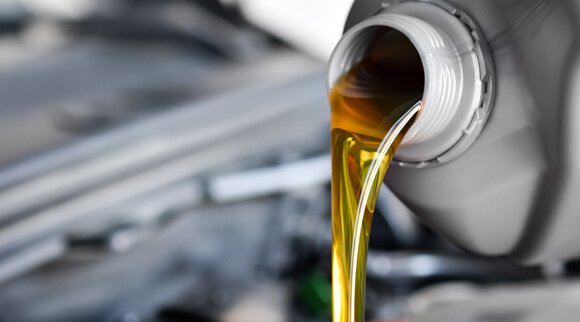The fundamentals of a preventative maintenance program
13/07/2016 00:00:00by Paul Fincham13/07/2016 00:00:00The fundamentals of a preventative maintenance programBluedrop Services

In order to maximise the availability and safety of your fleet vehicles preventative maintenance services must be performed on a scheduled basis. Unfortunately if this is not the case, then vehicle life span is likely to be greatly reduced and the safety of your drivers can be compromised. Adopting preventative maintenance can help your fleet to avoid some incidents that will impact upon your fleet insurance premiums.
Proper maintenance of your fleet vehicles will also help to prevent you from experiencing any litigation resulting from negligence. If a vehicle becomes unsafe due to lack of maintenance then as a fleet manager you can be held liable for negligent entrustment. Maintaining the vehicles that your employees have to drive within their job is part of your Duty of Care, so implementing a clear preventative maintenance plan is essential.
Vehicle maintenance can be both proactive (when the maintenance is scheduled) and reactive (for an unscheduled breakdown repairs). Reactive maintenance is likely to end up costing more if you don’t implement a scheduled preventative maintenance program which should ideally limit the need for reactive repairs. In fact, a well-planned and effective preventative maintenance program can reduce your unscheduled downtime repair costs by at least 25%.

An effective program should contain a checklist of routine preventative maintenance checks that you would like to be carried out on a specific frequency basis by professional technicians. Take into account that some vehicles may require more regular inspection checks depending on their commercial usage, or even additional inspections depending on make and model. This preventative maintenance should be scheduled and recorded either manually or electronically and there are many electronic systems available to help you do this more efficiently.
In addition to carrying out routine professional checks via an agreed provider, there should also be a checklist of inspection items to be carried out by the driver of the vehicle on a daily basis.
Drivers are key to preventative maintenance
The driver of each fleet vehicle should be the first call for guarding against unexpected breakdowns and highlighting the need for preventative maintenance. As a driver of the vehicle they are the best placed to notice any changes in their vehicle’s performance. Rather than waiting until a component has completely failed, it is important to make note of any changes no matter how small as soon as they occur so they can be reviewed by the fleet manager and possibly maintained.
By addressing such problems while they are in early stages it is also more likely to cut the costs of repair and reduce the chances of a full-on breakdown resulting in widespread damage to the vehicle and costly downtime, not to mention the safety of the driver and other road users.
Specific items that should be monitored by the driver should include; tyres, wipers, horn, brakes, steering, starting engine, damage to glass, etc. Should the driver fail to inspect their vehicle then a potential problem can go un-noticed and may even cause a major accident. Each driver should be trained in inspection processes and held responsible for inspecting their own vehicle prior to usage. It is important to have a checklist of items that they should inspect prior to each journey.
Drivers should also be provided with the appropriate tools to carry out their checks, including items such as a tyre pressure gauge, a tyre depth gauge, flash light, etc. If your fleet runs light-duty or heavy–duty trucks then the vehicle inspection should also include cargo securement.
Monitor the costs of your preventative maintenance by vehicle
It is important to monitor the costs of each vehicle accurately, including their fuel costs, to get a broader picture on which type of vehicle is running poorly or tends to require more costly maintenance, or is more prone to breakdowns. Analysing such data will help you in your decision making for future vehicle selection.
Return to blog menuWant to find out more about Bluedrop's Fleet Insurance?
Call our friendly team now for the right insurance cover - at the best price
+441489780491
Calls recorded for training and quality.



 Privacy and Cookie Policy
Privacy and Cookie Policy